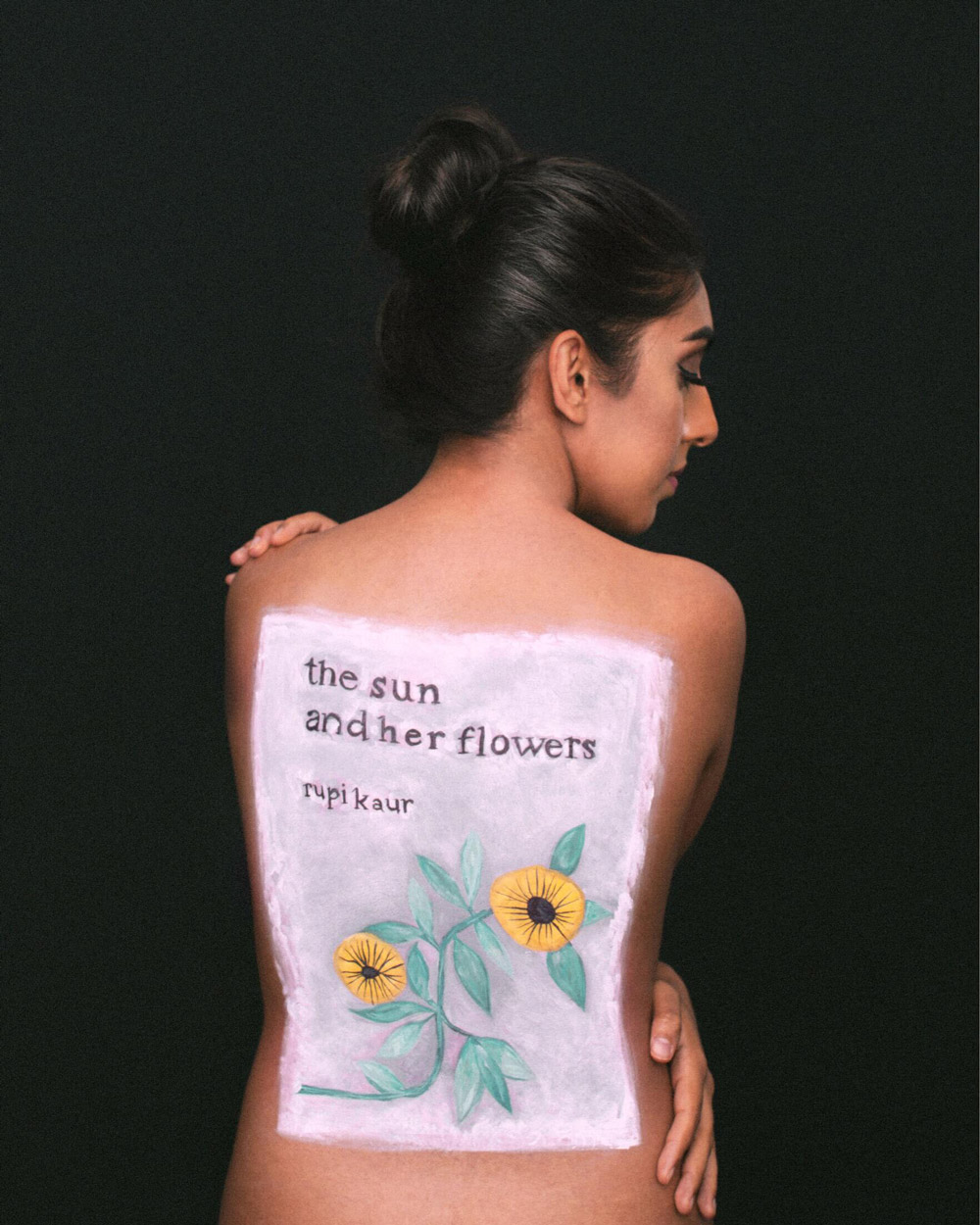Are the so-called ‘Instagram Poets’ destroying poetry or resurrecting it? Hattie Graham takes a closer look at social-media based poetry and its effects on the long standing art form.
It was a truth universally acknowledged by academics, teachers, parents and publishers that young people no longer cared about literature. In an age where social media can provide instant gratification, why go to the trouble of reading anything longer than a tweet?
However, statistics from UK book sales show that sales grew by just over 12% last year. Even more surprisingly, in 2018 a total of 1.3m volumes of poetry were sold. Additionally, a YouTube channel for spoken word poetry, Button Poetry, has nearly 430,000 subscribers, and the Academy of American Poets reaches more than 350,000 readers with its digital “Poem-A-Day” series. So to those of you who would despondently lament the demise of this dying ‘art form’, I challenge you to put down you paperbacks and turn your attention to Instagram instead. This social media outlet provides a platform for the newly dubbed ‘Instagram Poets’, who are redefining poetry’s reputation and making it an integral part of woke millennial culture.
These multifaceted Insta-poets are digitally astute entrepreneurs and artists, who have managed to turn pithy statements into a budding literary genre. Rupi Kaur, now a household name, has over 3.3 million Instagram followers and her debut collection, ‘Milk and Honey’, has been translated into 40 languages and sold 3.5 million copies, overtaking ‘The Odyssey’ as the best selling poetry book. Kaur’s delicate fusion of aphoristic poems and childlike doodles is an entirely new concept to the world of poetry. Her catch-all material covers themes from love, healing, abuse, immigration and female beauty standards. These topics are all popular avenues for debate on social media, which makes her a modern poet for a modern audience. Furthermore, Cleo Wade partnered with Gucci to produce a series of artworks in honour of International Women’s Day. These simple yet poignant statements included “women of the world: we see you we hear you we are you” and “we do not change the world when we whisper we change it when we roar.”
As is always the way, for every loyal fan there is an ardent critic – with every Susannah comes a Piers. It seems the contempt for ‘urban outfitters poetry’ is as strong as its popularity. This of course is completely understandable. The brouhaha caused by the arrival of the Insta-poets has upset the literary status quo and I can imagine some poetry purists are reluctant to regard such muses like “If you are not enough for yourself / you will never be enough for someone else”, as being similar to those of Byron or Wordsworth. Furthermore, critics have been quick to argue that this style of poetry does not encourage a deep and intellectual engagement from the reader. How can they when the extent of their engagement is limited to a double tap on a screen? There is of course the argument that this form of poetry is perpetuating the overall idealistic aspect of Instagram; after all, this is the place where normal people are shown ideal lifestyles, travel, fashion and beauty. Perhaps the infamous Insta-poets are no more than the products of this heavily marketed idealised philosophy.
Despite these critiques, the popularity of Instagram poetry continues to grow. This support stems from the perfect equilibrium between adept technology and public desire for universally candid and personal accounts of the world. Never before has it been so easy to share personal views and many others can also relate to them. The inspirational narrative of a self-made poet is also part of the reason why people gravitate towards it so much; their work is unfettered by publishers, who no longer act as the gatekeepers to success and repute. Instagram is an excellent platform for artists whose work may have been otherwise marginalised by literary tycoons. What most Instagram poems have in common is an accessibility not found in the traditional literary canon, and the emotional relatability found in TED Talks and motivational quotes. It is this relatability, which makes this style of poetry so resonant. In a world of divisions it is comforting to find people who think just like you. Also, many Insta-poets focus on hard-hitting topics such as mental health. The popularity of such poetry could be attributed to a desire to face the difficult subjects head on, rather than ignoring their existence and reading poetry about daffodils instead.
Fights such as these about artistic taste are quite often founded in hostile cultural stereotypes – a critique of the audience as much as the author. The division between so-called ‘high’ and ‘low’ culture is at the heart of the Insta poet debate. Perhaps Rupi Kaur’s literary downfall was that she engaged with a demographic whose taste is synonymous with One Direction and Topshop Joni jeans. The past ten years have seen a massive acceleration towards equality and diversity, why then should this not be applicable to the arts? The snobbery and exclusivity of the traditional literary canon has no place in our brave new world. Poetry, like everything else, must adapt to this changing world or risk extinction. Then again, what actually is poetry? Is it words put to paper hundreds of years ago, now bound and cloistered in the poetry section of Waterstones? Or is it something broader, malleable and culturally inclusive? Either way, it seems as if the Insta-poets are here to stay.
Hattie Graham
Image Courtesy of Rupi Kaur

